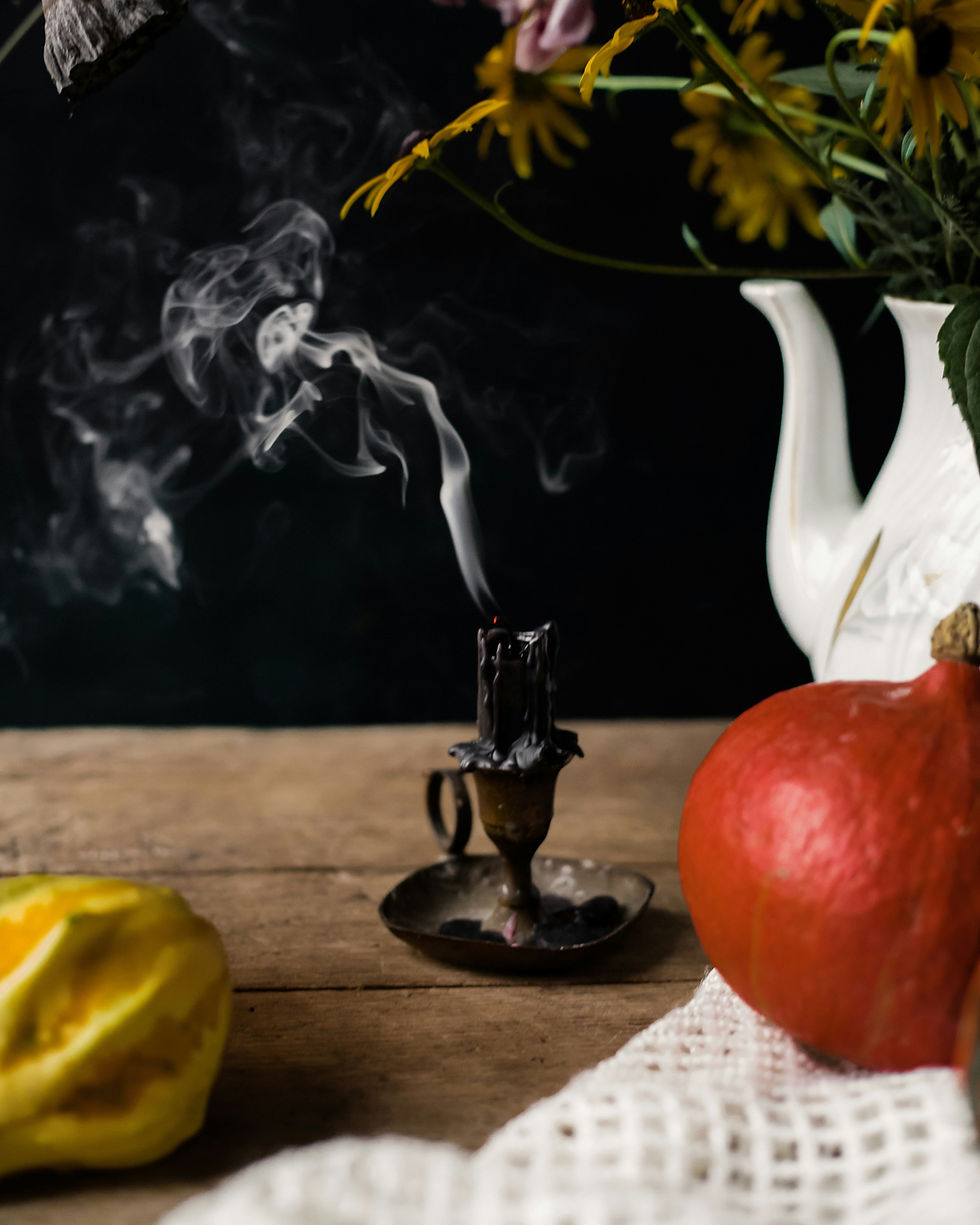Ep. 6 - Bruja Rising: Mija, What They Called Witchcraft Was Our Medicine
- Jen Lezan
- Jul 25
- 3 min read
Updated: Jul 29
Hola Amiguis!! In episode 6, we explors and frame the heart of the brujería movement as an act of spiritual sovereignty, cultural reclamation, and resistance. Listeners will explore how colonization severed our people from sacred earth-based practices and how millennials and Gen Z are reclaiming brujería, curanderismo, and Indigenous spirituality with power and purpose.

🧿 What is Brujería, Really?
Brujería is not devil worship. It’s not fantasy or superstition. It’s a spiritual technology—a decolonial practice of survival, resistance, healing, and connection. It’s a living, breathing cosmology inherited from generations who passed down wisdom quietly, often in code, behind closed doors, through whispered prayers, teas, candles, dreams, and rituals.
At its core, brujería is about relationship—to the Earth, to ancestors, to spirit, and to ourselves. It’s about reclaiming what was forcibly taken or shamed out of us: our intuition, our magic, our right to define the sacred on our own terms.
🌿 A Living Tapestry
Brujería isn’t one fixed religion—it’s a syncretic system, shaped by centuries of cultural exchange, colonization, and survival. Its roots are deep and mixed:
Indigenous Traditions
From Mesoamerican curanderismo to Andean cosmology, Indigenous peoples have always engaged in Earth-based spiritual healing. Herbs, limpias, sobadas, offerings to the land—these are all part of the medicine.
African Diasporic Religions
Enslaved Africans brought rich spiritual systems like Ifá, Palo, and Vodun. Even when forced into Catholicism, they retained their deities—orishas—under the guise of saints. This fusion created vibrant traditions like Santería, Candomblé, and Hoodoo, which deeply influenced Latin American brujería.
Catholic Imagery & Ritual
Colonization brought Catholicism, but many of our ancestors practiced a form of folk Catholicism—praying to saints, lighting candles, wearing medals—not as submission, but as camouflage for their deeper spiritual beliefs. La Virgen, for example, can be both the Virgin Mary and a divine mother archetype rooted in Tonantzin or Yemayá.
In Mexico, Aztec and Mayan healing and ceremonial practices—deeply tied to earth cycles, herbal medicine, and spirit communication—were suppressed or hidden. The role of the curandero/a (healer) was criminalized or dismissed as superstition.
✊🏽 Why It's Re-Emerging Now
For many of us millennials (especially queer, femme, Afro-Latinx, and Indigenous folks), brujería is a way to reconnect with our ancestors, our intuition, and our power—after centuries of erasure. It's a rejection of whitewashed spirituality and institutional religion that told us our cultures were savage or sinful.
This is reclamation. Through altars, tarot, herbalism, astrology, moon rituals, and ancestral veneration, we're healing generational wounds. We’re saying: “I don’t need a middleman to talk to Spirit. My magic is valid.”
🔥 Not Aesthetic—A Responsibility
Let’s be clear: brujería is not just aesthetics on Instagram. It's not just sage bundles and crystal grids (which, by the way, can veer into cultural appropriation). It’s a serious practice with rules, responsibilities, and consequences. It’s also deeply local and specific: what’s true for a brujx in Puerto Rico may not be the same for one in Oaxaca or Colombia.
🌌 In Summary
Brujería is ancestral, subversive, and sacred.
It is the heartbeat of Latinx spiritual survival. It is prayer in motion. It is ritual as resistance. It is healing that doesn’t ask for permission.
It’s not just about casting spells—it’s about remembering who you are.
Check out the book suggestion post HERE.
Listen to the episode: Spotify | Apple Podcasts | Amazon Podcasts | I Heart Radio
Don't forget to like, rate and subscribe!
Listen on Spotify here:
Listen on Apple here:
Thanks for listening!








Comments